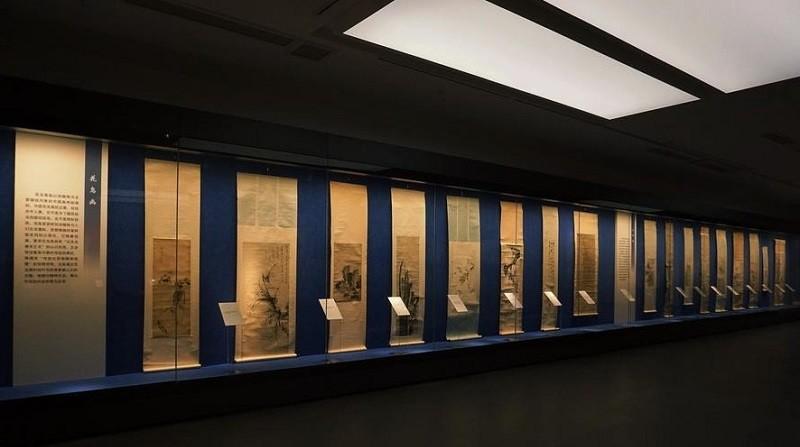In June 2021, Alipay and the Dunhuang Academy of Fine Arts launched the Dunhuang Feitian and Nine Colored Deer NFT payment code skins of 9.9 yuan, which sold out instantly once they were on the shelves. In December 2021, the Henan Museum released 10,000 digital collections of "Women and Good Birds", each priced at 19.9 yuan, and was quickly sold out. Looking at the national tide consumption in the market, museum IP is extremely hot in the cultural and creative market. This has also accelerated the commercial development of the collections of major museums (institutes), so that the emergence of museum mini programs has a great place to play.

Advantages of the development of museum mini programs
1. Lead the trend of national tide cultural creation
The new generation of consumers represented by the "post-90s" and "post-00s" pursue creativity and have unique hobbies. With the rise of the national tide, these consumers have a high degree of love for goods with historical background and can convey Chinese culture. In the museum, the precious national heritage left by successive dynasties is enough to provide a variety of cultural and creative development resources. Museums can develop these cultural and creative IP into physical goods, build their own cultural and creative malls for sale, so that users across the country can consume online, and help museums gain customers and increase income.
2. Enhance the user's visiting experience
In the past, museums relied on offline experiences, but now they are supported by new technological means. Through the Mini Program on online ticket purchases, and even can directly browse and view cultural relics online, such as the development of the "Cloud Tour Pavilion" model, users can get the history of the museum, collections, cultural relics, cultural creation and exhibition information as long as they click on the online resources, and through scanning and locking cultural relics, get online interpretation resources to help understand the origin of cultural relics. Based on live broadcast technology, the Mini Program can also link historical relics scholars to help users deepen their understanding of the historical background and bring users more immersive visiting experiences.
What features can the Museum Mini Program develop?
1. LBS positioning: provide accurate navigation services to help users quickly find the exhibition hall in the museum, find interesting content for the first time, and effectively improve the user's travel experience to solve the problem of getting lost.
2, museum information display: through pictures, videos, text and other functions, you can view the collection in the museum and the past humanistic history accumulation, through the online ticket purchase function, users can buy online offline verification tickets, to solve the problem of traditional ticket purchase needs to wait in line.
3. Venue reservation: Through the reservation function, users can make reservations for cultural and creative experiences in the venues, help the museum control the number of activities, and do a good job in the control of activities.
4. Intelligent display: Using AR, VR, voice explanation and other multimedia and technical methods, users can "remotely" experience the cultural relics at close range online, so that new technologies can enhance the visiting experience.
5. Intelligent explanation: When the user browses the cultural relics offline, he can scan the two-dimensional code to obtain the historical explanation of the relevant cultural relics.
6. Live short video function: The short video live broadcast function includes beauty filters, bullet screen interaction, gift giving, commodity windows and other functions, and the museum can regularly invite cultural relics experts and historical experts to open special live lectures, or sell cultural and creative products in the live broadcast room to generate income for the museum.
7. Cultural and Creative Mall: Displays the surrounding cultural and creative goods of the museum in the form of pictures, texts, short videos, etc., and users can place orders online and offline to purchase.